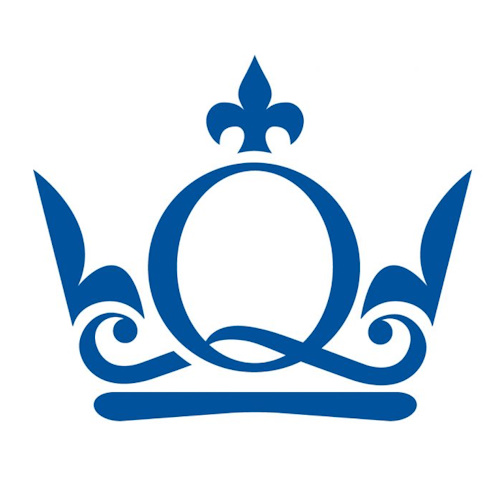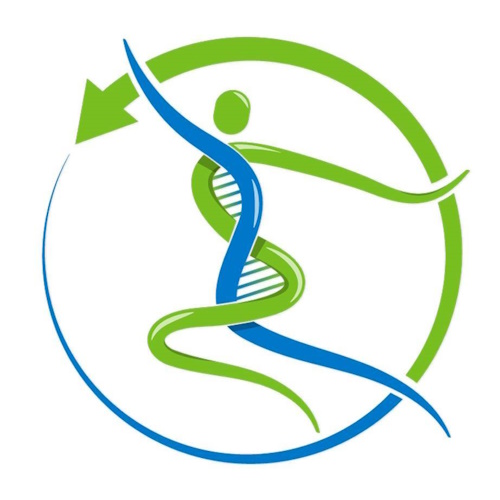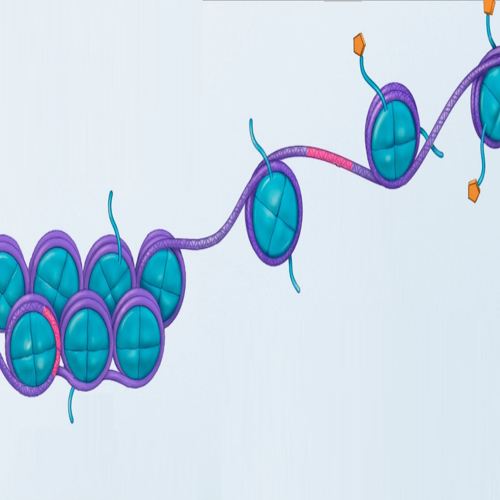Key points from article :
Proposal for a new epigenetic clock (EC) to measure subtle epigenetic changes in vitro.
For the purpose of using them as a yardstick for the creation of novel anti-aging drugs.
Human mammary fibroblasts (HMF) obtained from a healthy 16-year old donor.
Culturing them from passage 10 to 20, and such cells enter senescence after 29 passages.
Researchers used a second set of cells: human dermal fibroblasts (HDF) from another donor.
Identified 42 predictor CpGs they used to build what they called CellAgeClock.
Tested on 26 additional cell samples, came out with impressive results.
Also tested how well it measures the rejuvenating power of existing and new compounds.
It confirmed the anti-aging prowess of rapamycin, and the potential of the new ones.
Results were recreated in vivo, prolonging lifespan of drosophila flies.
Researchers from UCL Cancer Institute, Queen Mary University London.
Also from Lawrence Berkeley National Laboratory, published in Biorxiv.







